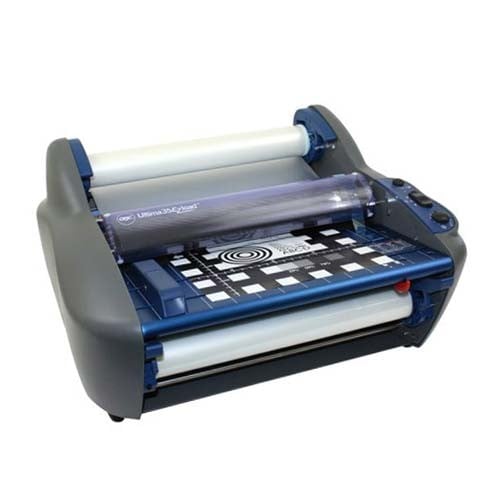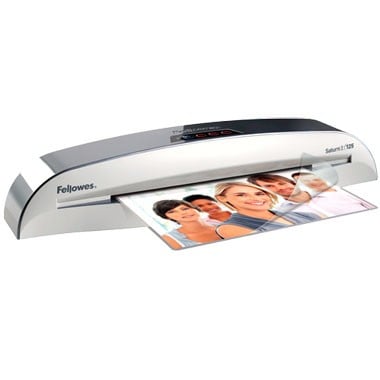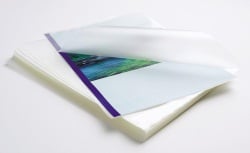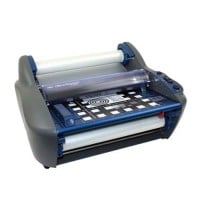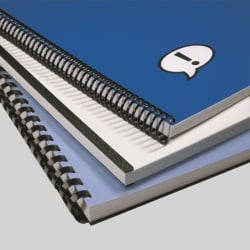MyBinding Knowledge Base
- Binding (248 Article)
- General Binding (42)
- Plastic Comb Binding (57)
- Fastback Binding (59)
- Perfect Binding (2)
- Modular Punching (8)
- Zipbind (3)
- Twin Loop Wire (13)
- Coil Binding (22)
- Thermal Binding (14)
- Strip Binding (1)
- VeloBind (4)
- Binding Covers (14)
- Proclick Binding (10)
- SureBind (4)
- Screw Post (2)
- Hole Punches (2)
- Staplers (4)
- Komtrak Insprial Binding (2)
- Paper (1)
- Rhin-O-Tuff (5)
- Binding Machines Comparison (17)
- Laminating (109 Article)
- General Laminating (26)
- Roll Lamination (16)
- Pouch Lamination (36)
- Pouch Board Laminator (3)
- School Laminator (3)
- Foil Laminating (3)
- Royal Sovereign Laminators (10)
- Laminators Comparison (3)
- Boards (11 Article)
- Bulletin Boards (3)
- Whiteboards (5)
- Chalkboards (1)
- Paper Shredders (44 Article)
- General Shredding (35)
- Industrial Shredders (1)
- Cross-Cut Shredders (2)
- Cardboard Shredders (1)
- Multimedia Shredders (1)
- Personal Shredders (1)
- High Security Shredders (2)
- Ring Binders (9 Article)
- Specialty Binders (2)
- Reinforced Paper (1)
- Health Care Punched Paper (1)
- Perforated Paper (2)
- View Binders (1)
- Index Tabs (9 Article)
- Index Tab Dividers (2)
- Copier Tabs (4)
- Pocket Folders (1)
- Custom Index Tabs (1)
- Pre-Printed Index Tabs (1)
- Paper Handling (37 Article)
- Paper Folders (9)
- Paper Joggers (2)
- Guillotine Cutters (4)
- Rotary Trimmer (3)
- Electronic Paper Cutters (1)
- Corner Rounders (2)
- Paper Scoring (2)
- Paper Drill (2)
- Booklet Makers (3)
- Stack Cutters (1)
- Paper Handling Equipment Comparison (5)
- ID Accessories (12 Article)
- Badge Holder (1)
- Lanyards (8)
- Badge Reels (1)
receive
$5off
*On order $25 or more.
Can I do one sided lamination with my roll laminator?
Once or twice a month, I have a photographer or someone in the print trades call me to ask about doing one-sided laminating on a two sided roll laminator. My first response (and the correct response) to these individuals is, “You know that your laminator isn’t designed for that, don’t you?”. However, when they find out that a laminator designed for single sided lamination starts at about $20,000, they suddenly become even more interested in trying single sided lamination on their existing laminator. After explaining to them that it can be somewhat tricky and that results aren’t guaranteed, I then go on to explain how some of my customers have accomplished this. Here’s a couple of tips:
- The first problem that you run into when trying to do single sided lamination on a Commerical Two Sided Roll Laminator is that if you aren’t careful you will end up leaving adhesive and wrapping the film around the rollers of your laminator. Most laminators use a Laminating Film on the top and the bottom and the two layers stick to each other in places where material does not need to be laminated. However, with single sided lamination, this is not possible. Here are the three primary ways that people get around this…
- Some people choose to run a roll of Kraft Paper on the bottom roller of their laminator. The single sided laminating film will adhere to the Kraft Paper anywhere that there isn’t a document. This will protect your rollers but adds to the cost of your finished laminated materials.
- Some individuals choose to run two rolls of single sided laminating film at one time. They then place their book covers, prints and materials back to back and laminate two pieces at one time. This is often an option that works well for people. Depending on your laminator and the materials that you are laminating this option can sometimes negate some of the anti curl properties of the single sided laminating films.
- Some users choose to run a laminating roll that is a little bit more narrow than the documents that they are running through it. These individuals then overlap their documents slightly as they feed them into the laminator. Afterwards, they simply flush trim the documents or covers for their finished product.
- The second problem (and probably the worst) faced by individuals who are trying to do single sided lamination on a standard roll laminator is that they find that their finished products curl. Large single sided laminators are designed with special features that help to negate this curl. If you don’t have the option of a true single sided laminator, you need to make sure that you use a Lay Flat nylon laminating film that is designed for single sided applications. You still may end up with some curl but a single sided laminating film such as GBC Digital Lay Flat laminating film will help to eliminate some of this curl.
- The third problem faced by many individuals trying to do single sided lamination involves the adhesive used in many laminating films. Many laminating films, even lay flat nylon films are not designed to adhere to digital output. The high fuser oil content of may digital prints does not lend itself to lamination. When you flush trim a digital print that is laminated with many of these films the laminate will begin to peel off the print. As a solution to this problem, it is highly recommended that you consider running a Hi Tac laminating film that is specifically formulated for digital output. GBC’s Digital Lay Flat Laminating film is designed for this application.
- The fourth and final major problem faced by individuals who try to do single sided lamination with their existing roll laminator involves the availability of supplies. Currently GBC Digital Lay Flat laminating film is only available on either a 2.25” or 3” core. The rolls on a 3” core are 3000’ long and won’t fit on many laminators. This means that if you want to try GBC Digital Lay Flat Laminating film you will need to have a roll laminator with the ability to accept a 2.25” core. If you are looking for a large quantity, it may be possible to have this film produced on another core size or in other lengths but this usually requires an order of at least $2000.
Truthfully, doing single sided lamination on a traditional two sided laminator is not a recommended application. If you do choose to try and perfect the process and save the cost of buying an expensive laminator, hopefully these tips will help.
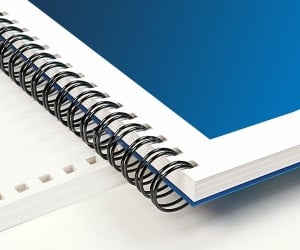
< Over the years, a number of customers have asked me whether they can use twin loop wire with their plastic comb binding machine. These customers often don’t want to have to buy a brand new machine but like the look and feel of twin loop wire binding. However, the answer to their question isn’t as simple as it seems. You see, they actually do make twin loop wire that is designed to work with the plastic comb binding hole pattern. With that said, if you want to use these wires you are going to need a way to close the wires. What is Spiral-O Wire? Let me explain a little bit more…There is a product that we carry called Spiral-O Wire. This wire has 19 loops and is designed to work with the hole pattern from a plastic comb binding machine. Spiral-O Wire is sometimes called Wire Combs or Ibico Wire and was originally designed for use with some of the older Ibico binding machines. A number of the older Ibico plastic comb binding machines also included a twin loop wire closer on the front of them to allow users to use both plastic combs and wire. This 19 loop wire was designed for this purpose. What Equipment is Needed? As the Ibico brand has been phased out by GBC and all of the older Ibico plastic binding machines have been replaced with new models, they no longer have the twin loop wire closer on the front of them. This presents a problem in trying to use these spiral-o wires since you can’t use the wires without a way to close them. One of the only options left is to purchase a Twin Loop wire closer. However, since twin loop wire closers are not incredibly cheap this option usually only appeals to users who have larger electric plastic comb binding machines. Otherwise, it is often advisable to simply buy a low end 3:1 pitch twin loop wire binding machine (the supplies are cheaper). This being said, if you have one of the older Ibico binding machines that has a wire closer included you are in luck. The Spiral-O binding supplies that we carry will work perfectly with your machine and you will be able to use both plastic combs and wire depending on your needs. These Spiral-O binding supplies are available in Black, Silver, White, Blue and Red and in sizes up to 1″ in diameter. If you aren’t sure what type of wire binding supplies that you need to work with your machine simply give us a call. Our trained sales representatives will be glad to help you find the correct supplies for use with your machine.(Read More)
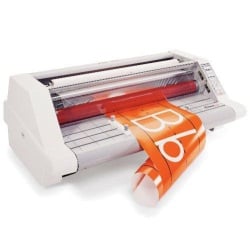

Loading...


